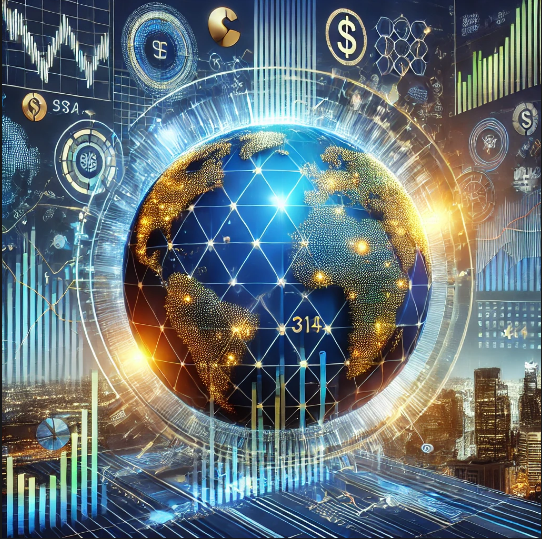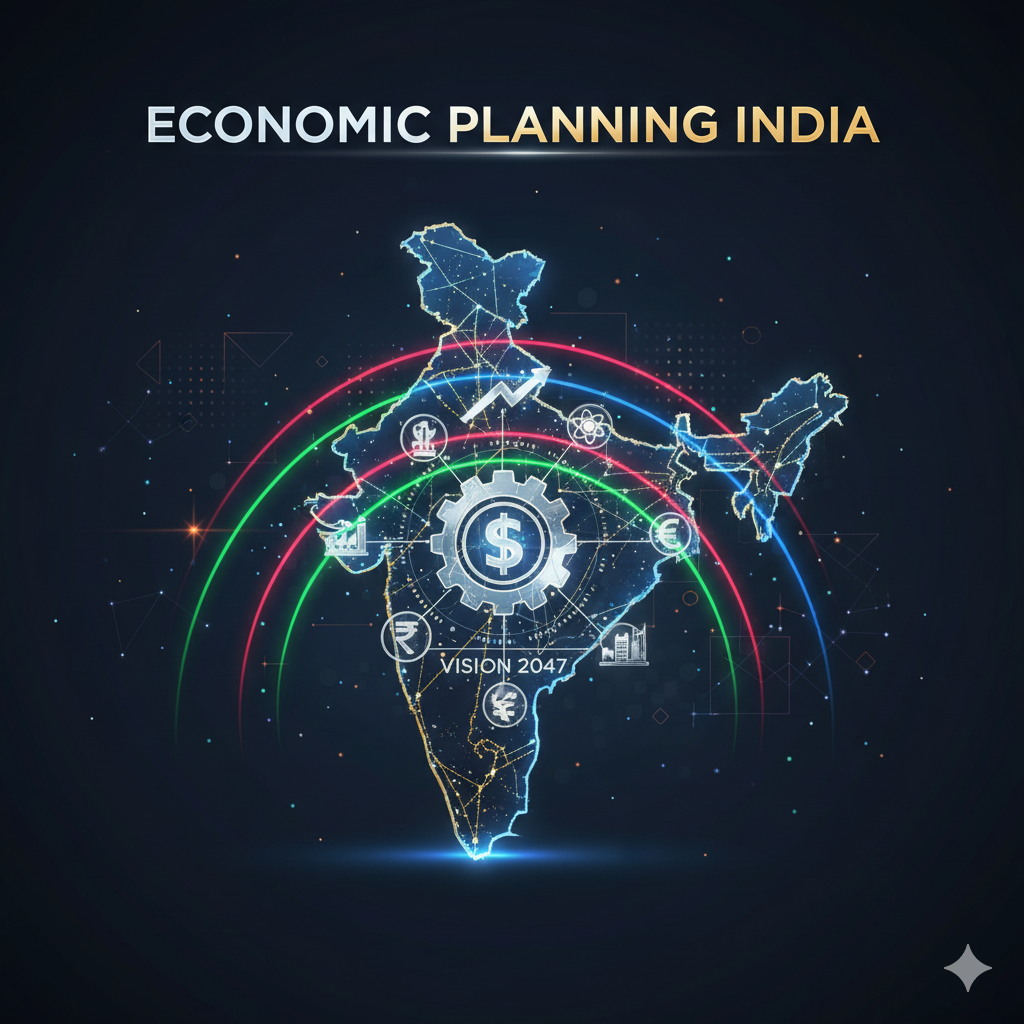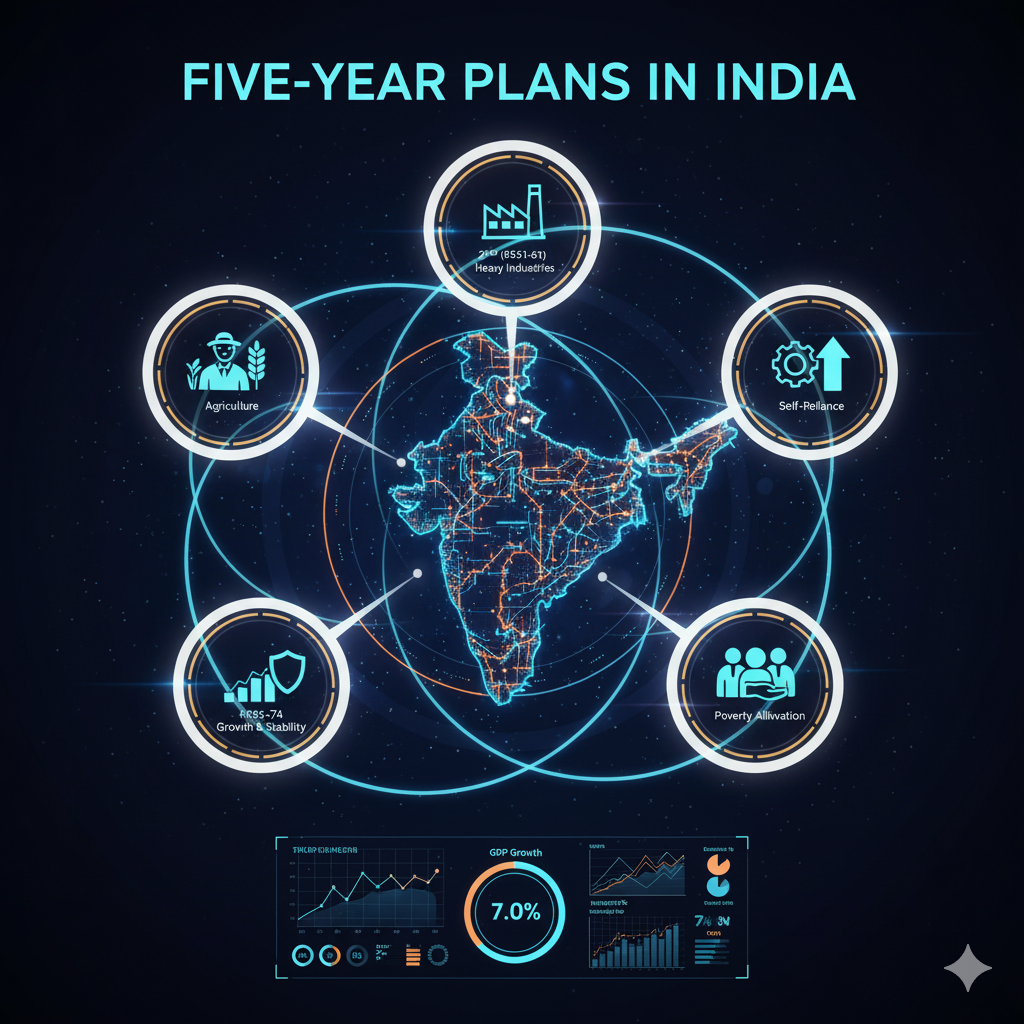Introduction
The COVID-19 pandemic, which emerged in late 2019, caused an unprecedented global crisis, affecting health, societies, and economies worldwide. While the immediate concern was the health emergency, the pandemic also led to one of the most severe economic downturns in modern history. Nations across the globe faced economic contractions, business closures, job losses, and disruptions in global trade and supply chains.
Governments and financial institutions introduced various policies, including fiscal stimulus packages and monetary easing, to mitigate the economic damage. However, the long-term implications of COVID-19 on global economic structures remain a subject of ongoing analysis and concern.
This essay explores the impact of COVID-19 on the global economy, the challenges it created for different sectors, the policy responses from governments, and the road to economic recovery.
The Initial Economic Shock
1. Disruption of Global Supply Chains
One of the earliest and most significant economic effects of COVID-19 was the disruption of global supply chains. As lockdowns and movement restrictions were imposed worldwide, production facilities shut down, reducing the availability of raw materials and finished goods. Key impacts included:
- Manufacturing Slowdown: Countries reliant on China’s supply chains, such as the U.S., India, and European nations, faced shortages of essential components.
- Shipping and Logistics Issues: Port closures and labor shortages led to delayed shipments and increased costs for global trade.
- Impact on Essential Goods: The pandemic caused shortages of medical supplies, electronic components, and even basic consumer goods.
2. Decline in Global Trade and Investment
With restrictions on international travel and business operations, global trade saw a significant downturn:
- International Trade Collapse: Exports and imports fell as countries imposed trade restrictions to prioritize domestic needs.
- Decline in Foreign Direct Investment (FDI): Many multinational companies scaled back investments due to uncertainty.
- Drop in Commodity Prices: Oil prices plunged in early 2020, with futures briefly turning negative due to oversupply and reduced demand.
3. Impact on Labor Markets
COVID-19 triggered a global employment crisis as businesses shut down or reduced operations. Key impacts included:
- Mass Unemployment: Millions lost their jobs, particularly in sectors such as tourism, hospitality, and retail.
- Rise in Informal Employment: Many workers turned to informal jobs, often with lower wages and no social security.
- Shift to Remote Work: The pandemic accelerated digital transformation, with remote work becoming a new norm in many industries.
Sectoral Impact of COVID-19
1. Financial Markets and Banking Sector
The financial markets faced extreme volatility, with stock indices experiencing historic crashes in early 2020. Key concerns included:
- Stock Market Crashes: The Dow Jones, S&P 500, and other major indices saw sharp declines.
- Liquidity Concerns: Many businesses faced cash flow shortages, leading to bankruptcies.
- Government Intervention: Central banks introduced measures such as interest rate cuts and quantitative easing to stabilize markets.
2. Tourism and Hospitality Industry
Tourism, one of the most affected industries, suffered massive losses due to travel restrictions, quarantine measures, and border closures:
- Decline in International Tourism: The World Tourism Organization reported a 74% drop in international tourist arrivals in 2020.
- Collapse of Airlines and Hotels: Many airlines and hotels went bankrupt or required bailouts to survive.
- Changing Travel Patterns: Domestic tourism and virtual experiences gained popularity as alternatives.
3. Healthcare Industry
While the pandemic strained healthcare systems, it also led to significant investments in medical research, vaccine development, and healthcare infrastructure. Key aspects included:
- Increased Healthcare Spending: Governments allocated large budgets to fight the pandemic.
- Rise of Telemedicine: Remote healthcare services and digital consultations gained traction.
- Vaccine Development and Distribution: The race to develop vaccines led to unprecedented scientific collaboration.
4. Retail and E-Commerce
COVID-19 accelerated the shift toward digital commerce, changing consumer behavior:
- Boom in Online Shopping: E-commerce giants like Amazon, Alibaba, and Flipkart saw record growth.
- Struggles of Brick-and-Mortar Stores: Physical retail stores suffered due to lockdowns and reduced foot traffic.
- Supply Chain Adaptations: Companies invested in digital supply chain management to ensure delivery efficiency.
5. Education Sector
The education sector faced massive disruptions but also witnessed a transformation:
- Rise of Online Learning: Schools and universities adopted virtual classrooms and e-learning platforms.
- Digital Divide: Unequal access to technology led to disparities in education.
- Changes in Curriculum: Many institutions redesigned their curricula to focus on digital skills and self-paced learning.
Government Responses to COVID-19 Economic Challenges
1. Fiscal Stimulus Packages
Governments worldwide introduced financial aid programs to support businesses and individuals:
- Direct Cash Transfers: Countries like the U.S. provided stimulus checks to citizens.
- Business Loans and Grants: Governments offered financial aid to struggling enterprises.
- Unemployment Benefits: Social security programs were expanded to support jobless individuals.
2. Monetary Policy Measures
Central banks took measures to stabilize economies and ensure liquidity:
- Lowering Interest Rates: The U.S. Federal Reserve, European Central Bank, and others reduced interest rates to encourage borrowing.
- Quantitative Easing: Many central banks purchased government bonds to inject money into the economy.
- Debt Moratoriums: Loan repayment deadlines were extended for individuals and businesses.
3. Investment in Healthcare and Vaccine Distribution
To combat COVID-19, governments made unprecedented investments in healthcare:
- Vaccine Procurement and Distribution: Billions were allocated to vaccine research, procurement, and free distribution.
- Expansion of Medical Infrastructure: Hospitals, testing centers, and quarantine facilities were rapidly built.
- Support for Pharma Industry: Governments partnered with pharmaceutical companies to accelerate vaccine production.
4. International Cooperation and Trade Policies
Despite initial protectionist measures, global cooperation increased over time:
- G20 and IMF Initiatives: International organizations coordinated efforts to provide economic relief to struggling nations.
- Resumption of Global Trade: Countries gradually lifted trade restrictions to restore supply chains.
- Debt Relief for Developing Nations: Financial institutions provided relief to heavily indebted countries.
Road to Economic Recovery
1. Post-Pandemic Economic Resurgence
As vaccination rates increased and restrictions eased, global economies began recovering:
- Reopening of Businesses: Economic activities resumed, boosting employment and production.
- Stock Market Recovery: Equity markets rebounded as investor confidence improved.
- Growth in Digital Economy: Technology-driven businesses continued to expand.
2. Structural Changes in the Economy
COVID-19 accelerated structural transformations that will shape the future economy:
- Increased Automation: Businesses invested in robotics and AI to reduce reliance on human labor.
- Hybrid Work Models: Many companies adopted permanent work-from-home and hybrid setups.
- Focus on Sustainability: Governments and corporations emphasized green investments and sustainable policies.
3. Lessons Learned and Future Preparedness
The pandemic highlighted the need for better preparedness for future crises:
- Strengthening Healthcare Systems: Governments must ensure robust healthcare infrastructure.
- Diversification of Supply Chains: Over-reliance on specific countries for manufacturing must be reduced.
- Enhanced Digital Infrastructure: Investing in digital connectivity is crucial for economic resilience.
Conclusion
The COVID-19 pandemic caused one of the most severe economic disruptions in modern history, affecting businesses, employment, trade, and financial markets. Governments responded with unprecedented fiscal and monetary measures to mitigate the damage and drive recovery. While the global economy is gradually recovering, the pandemic has reshaped economic structures, accelerating trends in digital transformation, automation, and sustainability.
Moving forward, nations must focus on strengthening healthcare systems, diversifying supply chains, and adopting resilient economic policies to ensure preparedness for future global crises. While the road to full recovery may take years, COVID-19 has underscored the importance of adaptability, innovation, and international cooperation in building a stronger and more resilient global economy.




